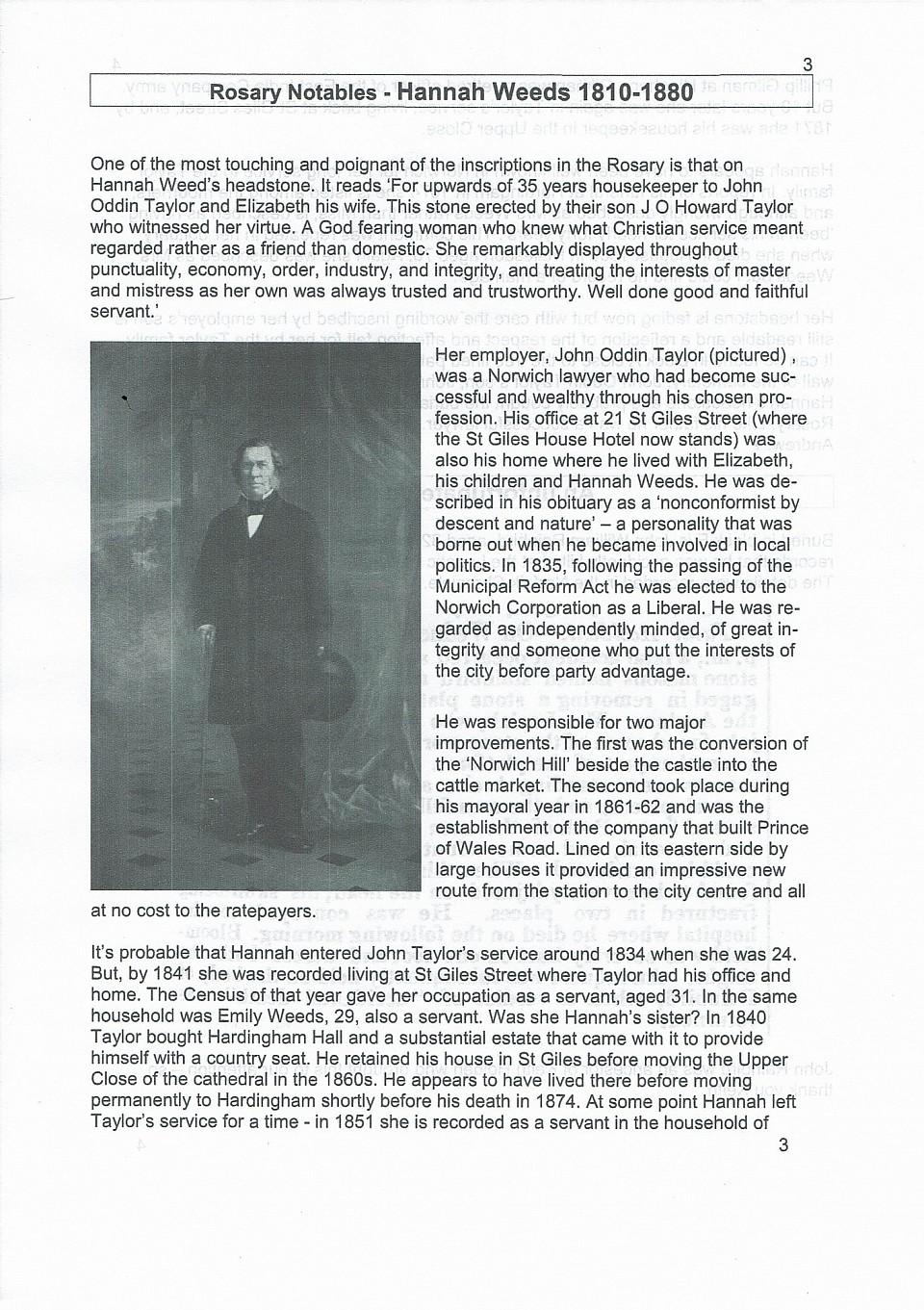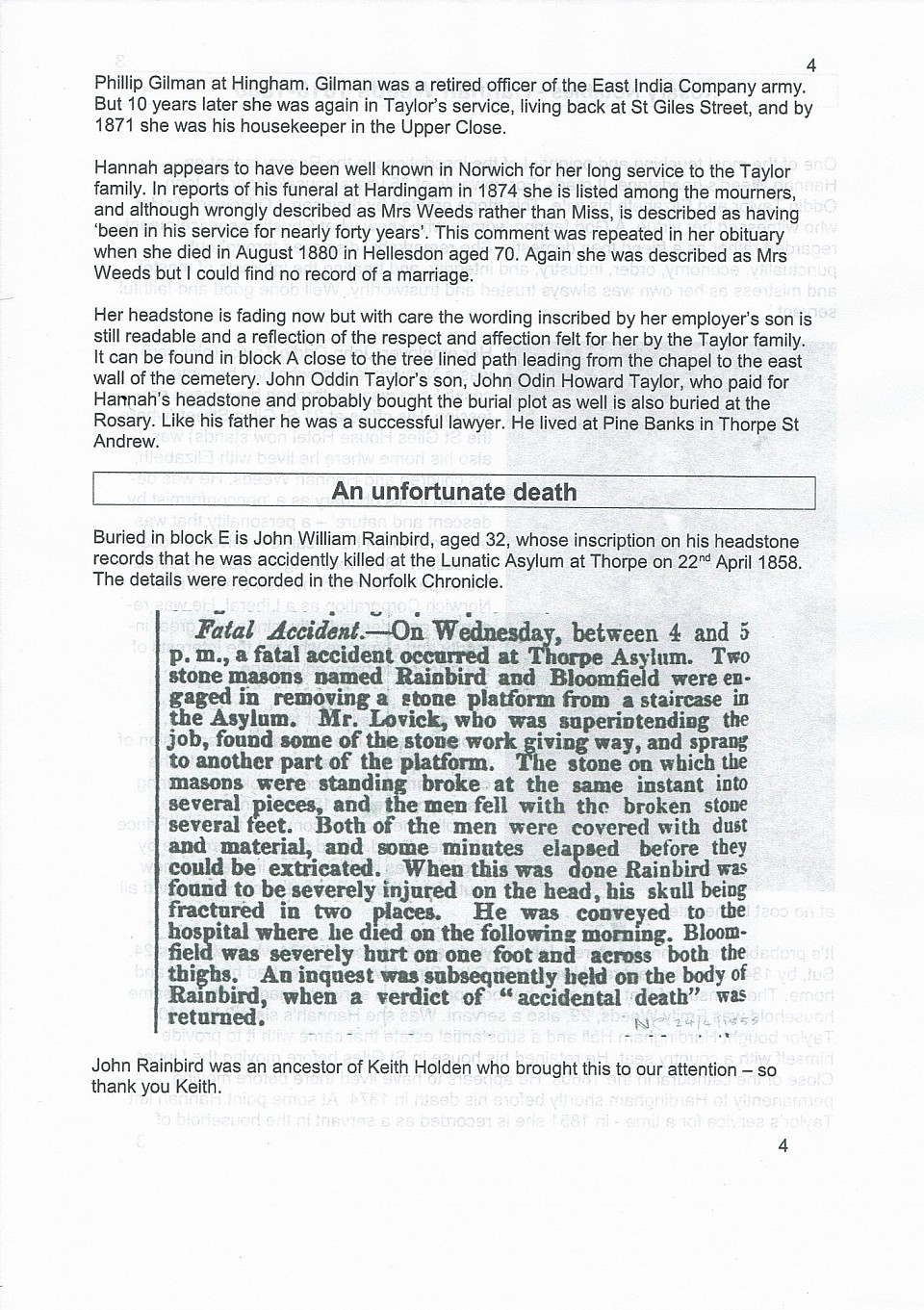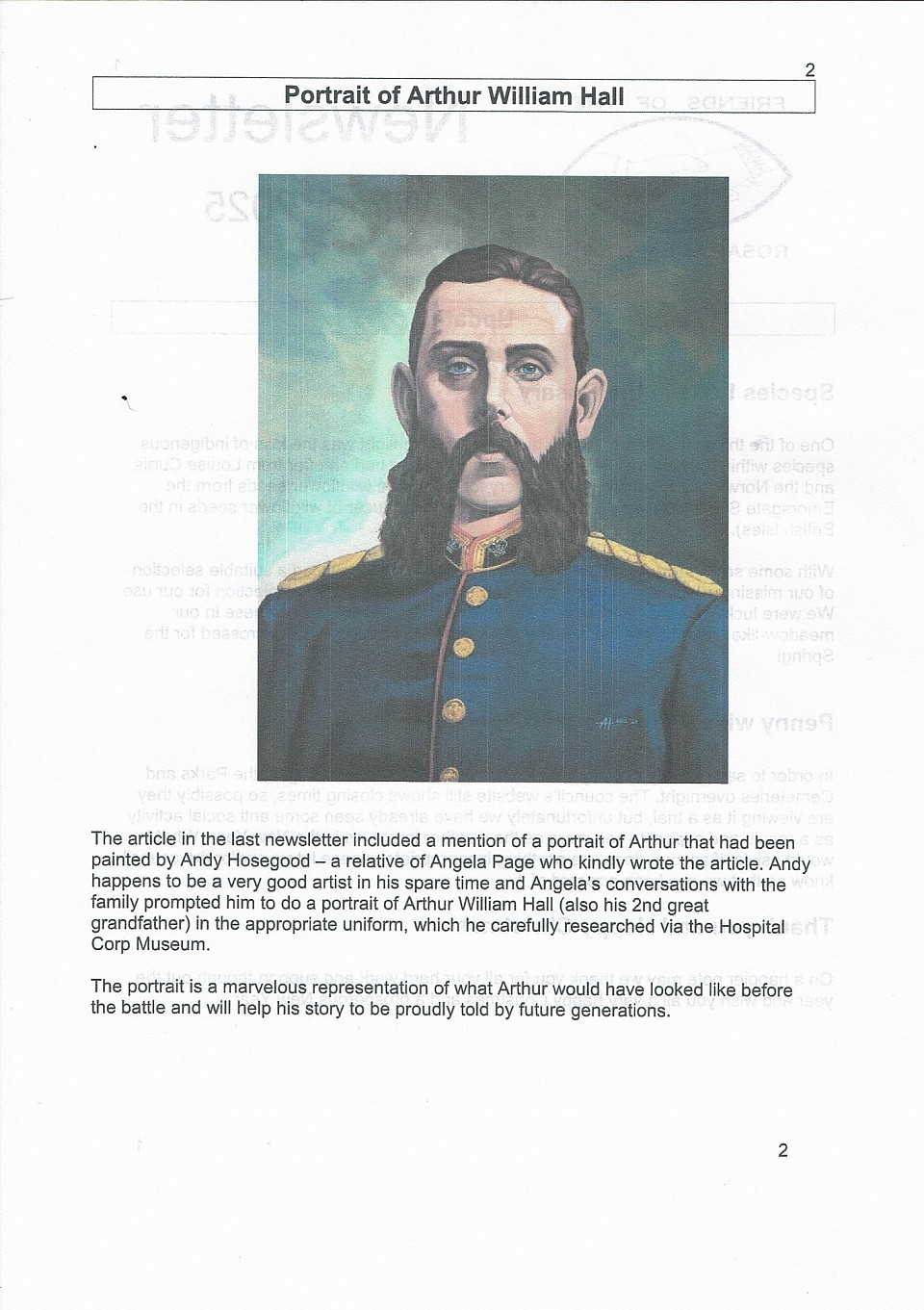A Brief History of the Rosary Cemetery
1 Jan 2025
1 Jan 2025
1 Jan 2025
1 Jan 2025
16 Feb 2017
HINES FAMILY MEMORIAL
This unusual cast iron memorial , surmounted by a bird bath marks the grave of seven members of the Hines family, from Charles in 1863 to Susan in 1933. The miniature heads fixed to it are reputedly those of the family members buries there. The Hines family ran an iron founding business in St. Margaret's Street which was demolished in 2002 and replaced by a housing development named Hines Court.




